

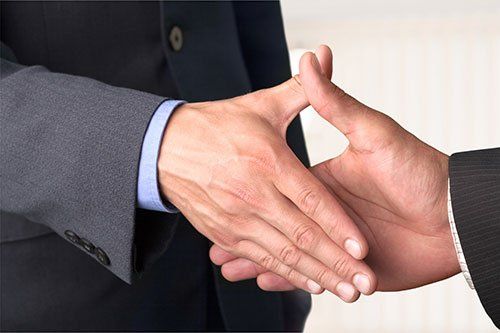
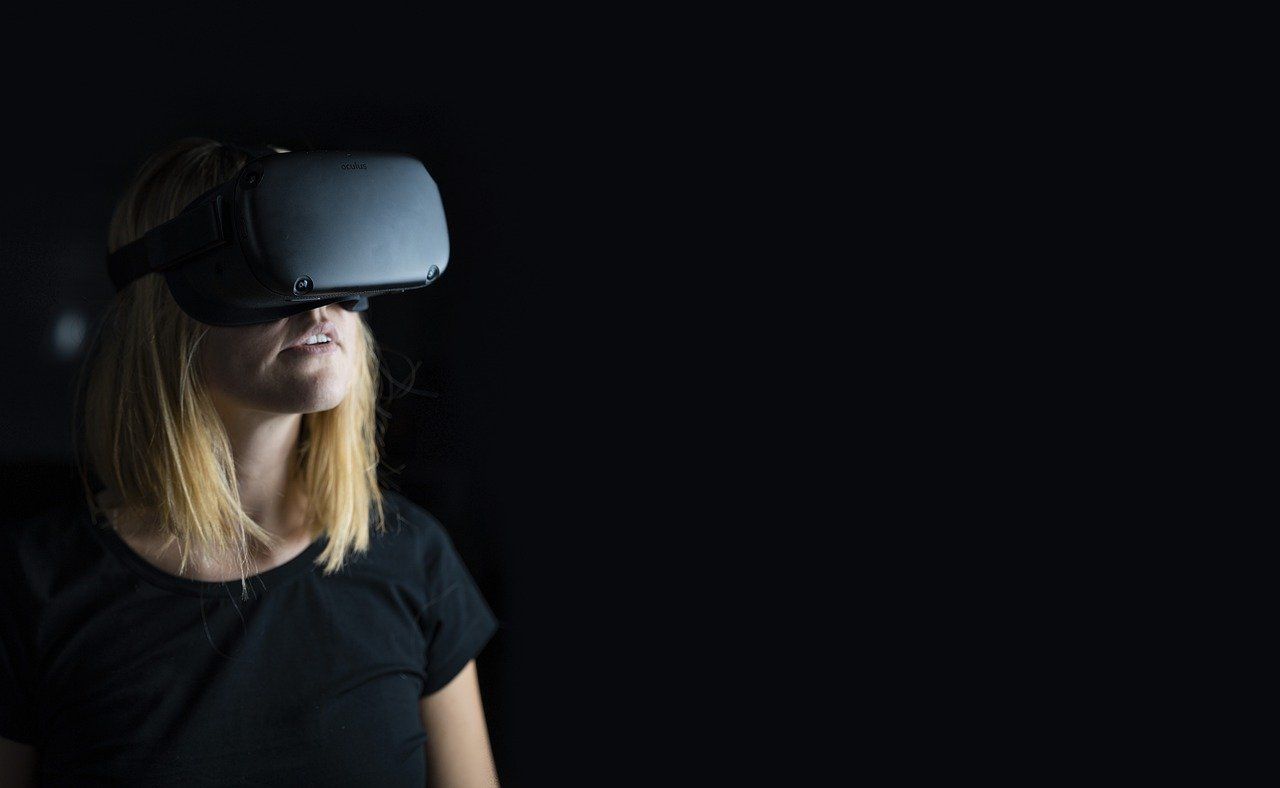
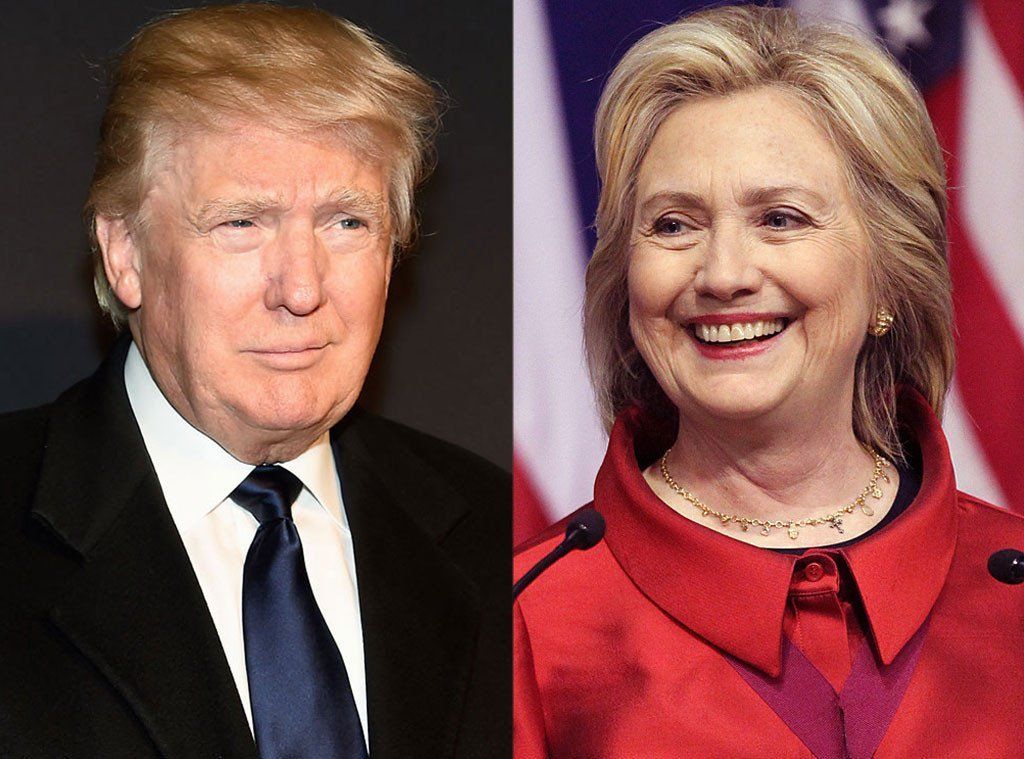
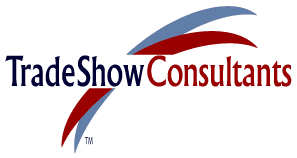
One of the first and most important tasks military and civilian administrative experts need to accomplish when facing new and unusual challenges in the field, is to quickly and efficiently create a fully functional command post from which they can effectively communicate, direct and manage their resources.
Exhibiting at a major trade show and managing equally diverse company resources in a city away from the home office can be just as challenging, especially when one considers the amount of time and money trade show exhibiting consumes. One way to successfully accomplish managing important logistical and detail coordination efforts at a trade show is to create a command post in a near by hotel suite from which management can direct the action created in and around their exhibit at the convention center.
Over the years many corporations have created so called “hospitality suites” for entertaining invited prospects and customers, however, these pricy adventures in good will often became hard to manage and usually ended up creating more problems then they were worth. One major concern was in deciding who should and should not be admitted into the room especially when the news of a free hospitality suite spread like wild fire on the trade show floor.
In addition, the unmanaged and often irresponsible consumption of alcohol sometimes led employees, prospects, customers, competitors and suite crashers to act in manners directly opposed to the goals and objectives of the good natured hospitality suite idea and over the years the hospitality suite function has all but ceased to exist for many trade show exhibitors.
However, the unfavorable hospitality situation mentioned above can change dramatically when the suite is instead designed and managed to function solely as a private headquarters corporate command post. This modest innovation promises to deliver greater human resource utilization, expanded communications capabilities and increased overall value to the exhibitor. Here management can more effectively utilize the suite facility and various hotel provided services to direct and accomplish many more important trade show support functions such as:
Domestic multi-city press tour schedules often can be grueling, time consuming and expensive. Plus, it only takes one editor to cancel a meeting at the last moment to throw the entire effort into turmoil and possibly affect the entire effort. This is especially true in those cases where products are large, difficult to handle, especially when transportation and set-up is a major undertaking.
There is little doubt that obtaining favorable press coverage when introducing a new product can be extremely beneficial to the overall success of a new product launch in the market place. However, there might be a better way to meet the press than hitting the road putting on dog and pony shows all over the country with participants feeling like members of a wandering minstrel show.
According to Robert Galvin, President, Galvin & Associates, Public Relations, Portland, Oregon, “We have utilized the trade show press suite for many clients over the years and have found it to be much more effective, economical and successful than doing an on-the-road press tour.” Galvin continues, “The major reasons for the success of this kind of PR function is that most editors attending major trade shows have committed their limited time for show attendance and are there specifically to learn as much as possible about new products. By having editors individually meet key product developers and top management during a new product presentation within an exhibitor’s suite assures a better understanding of the product and consequently, better press coverage compared to just picking up a press kit in the press room,” Galvin adds.
If you things decide to organize a press suite at your next most important trade show, here are a few you’ll want to check into before setting this important public relations function in motion:
Making it easy and convenient for editors and product people to meet, discuss and experience new products is the first step in obtaining good media coverage. The trade show environment over the years has proven to be an excellent venue to introduce and highlight new products.
It only stands to reason that conducting a trade show press tour in a local hotel suite at a time and place where editors plan to be anyway would greatly improve the chances of obtaining excellent new product coverage, possible feature application stories or key product articles.
The trade show is the venue and your press suite is the vehicle that can deliver in three days what a press tour can’t in three months.





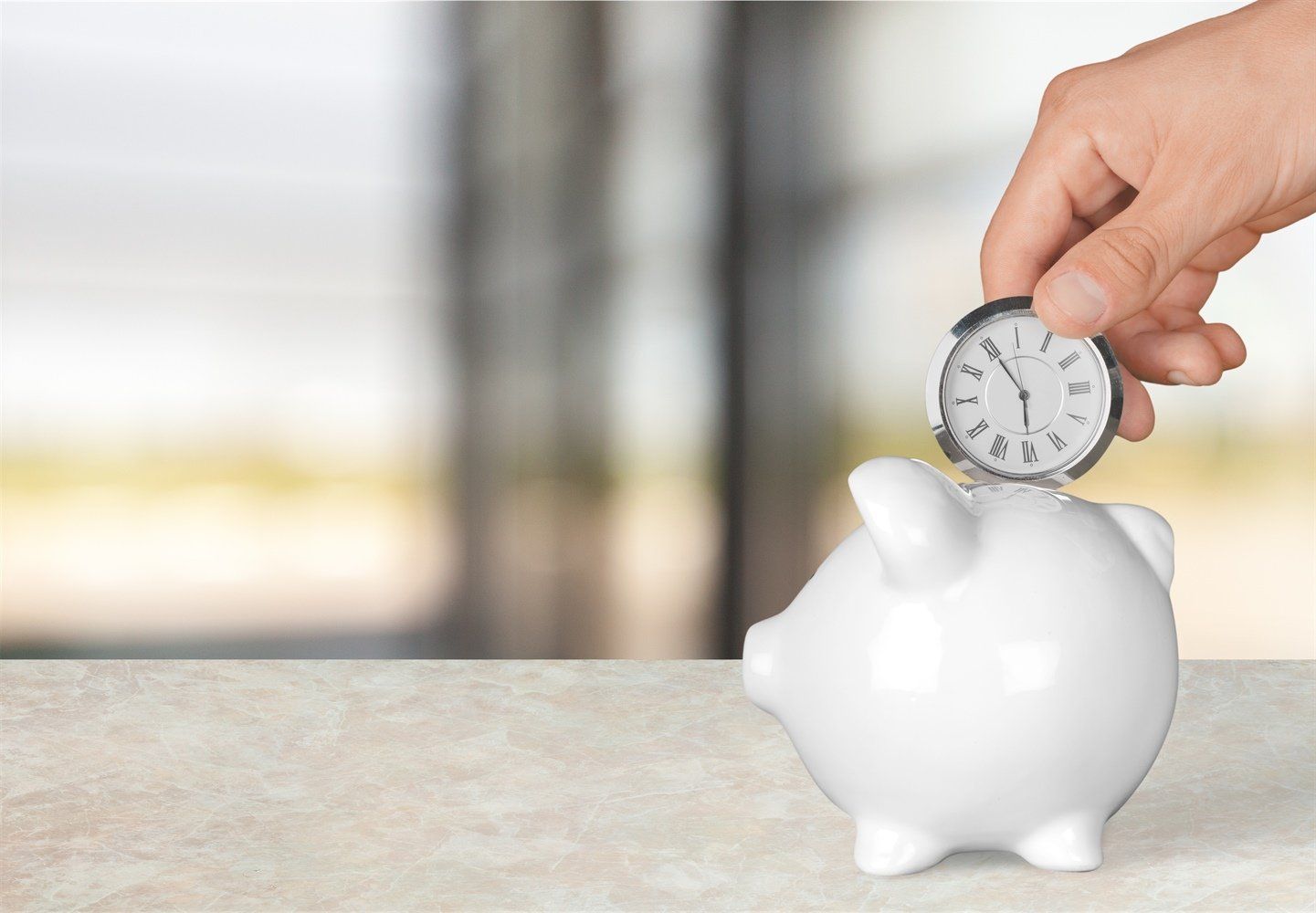

All Rights Reserved | Trade Show Consultants